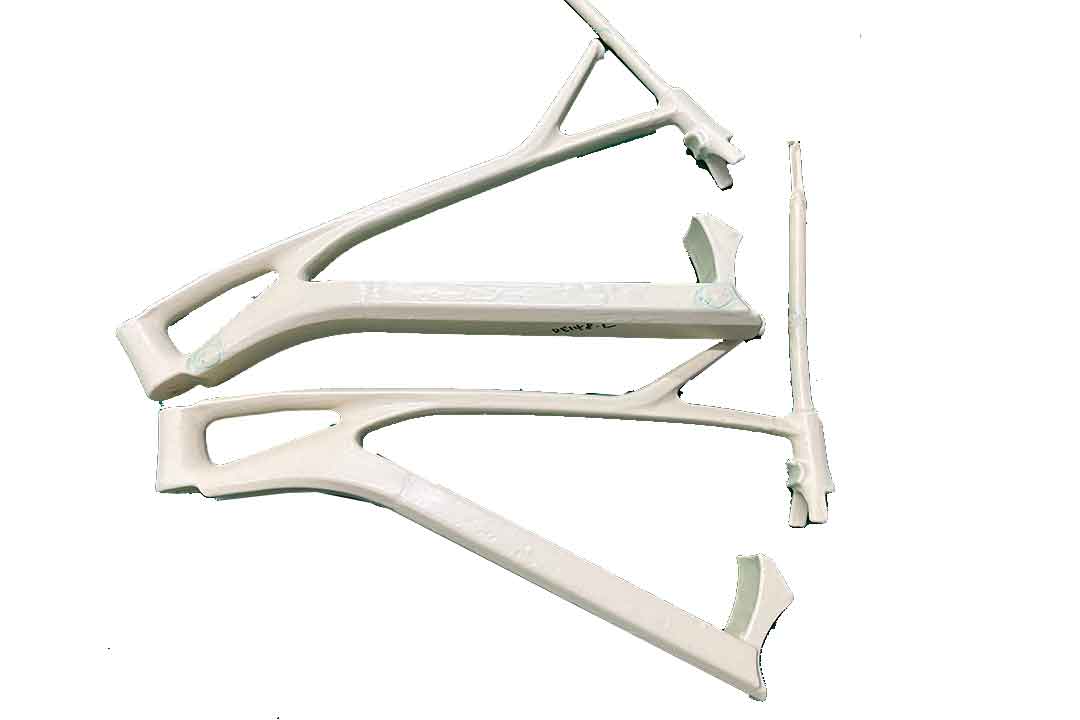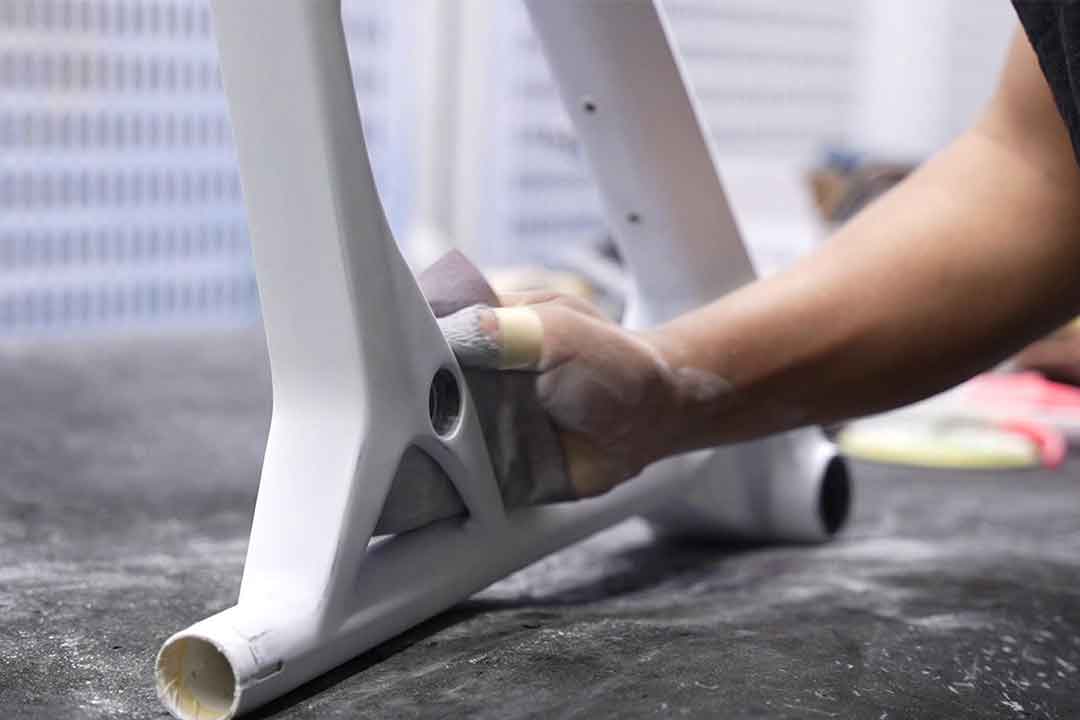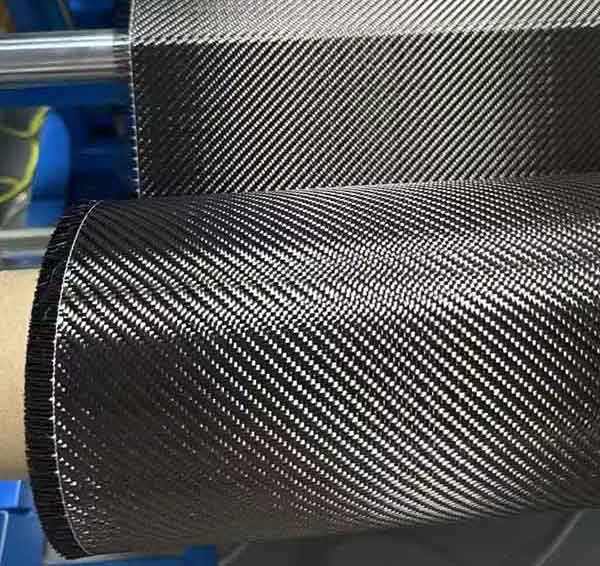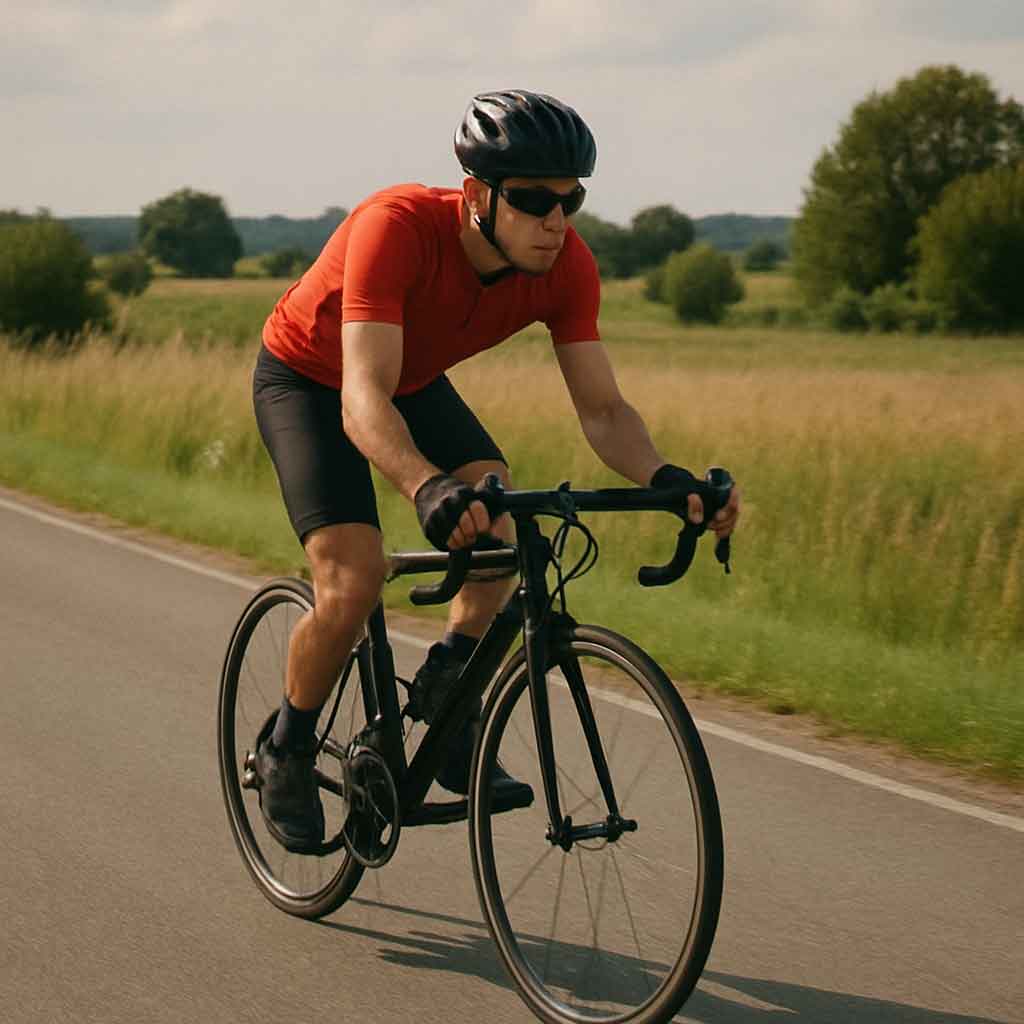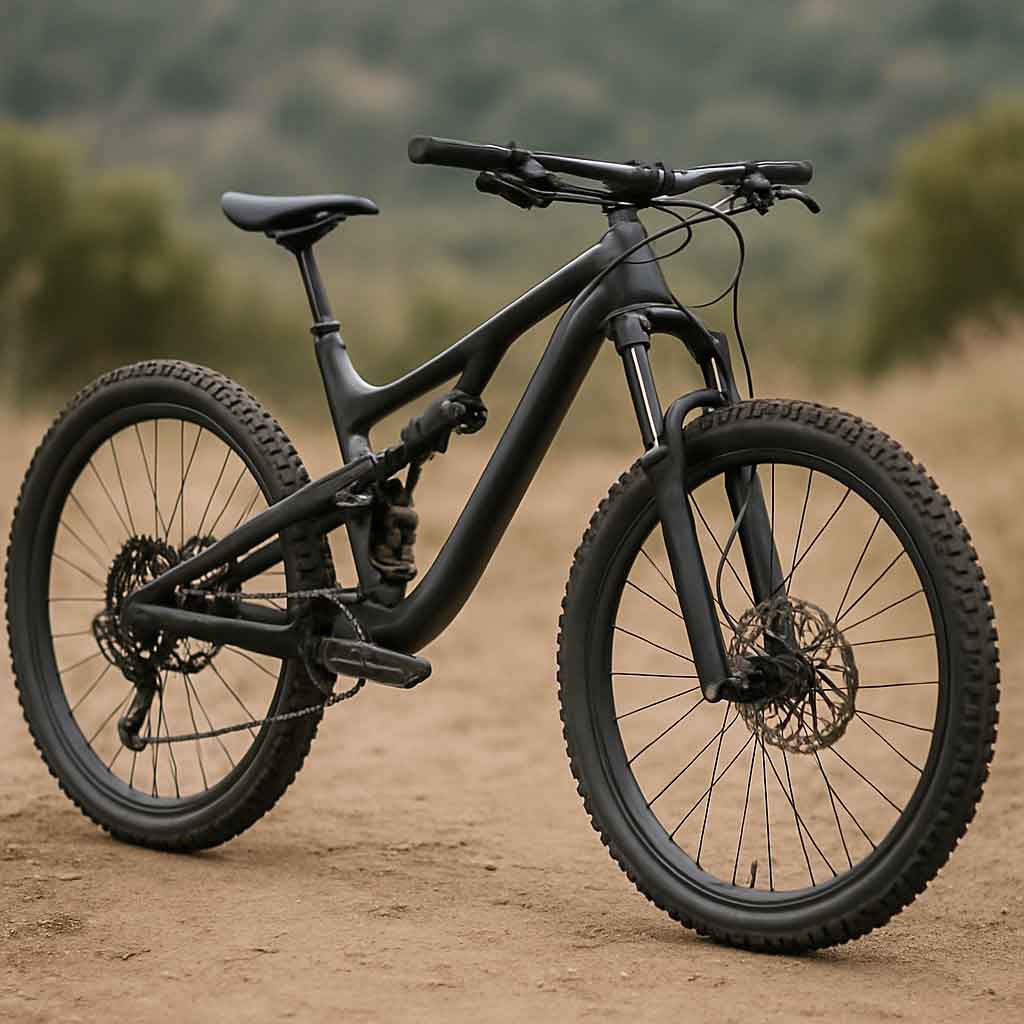Welcome to Mondince Bike - A well-known factory specialized in produce carbon bike frame and other parts since 2007.
Choosing the Right Road Bike for You
Road bikes are designed for speed and efficiency on paved surfaces. They are characterized by their lightweight frames, thin tires, and drop handlebars. These bikes are perfect for racing, long-distance rides, or simply enjoying a quick ride around the neighborhood.
- Frame Material: The most common materials are aluminum, carbon fiber, and steel. Aluminum is lightweight and affordable, making it an excellent choice for beginners and those on a budget. It is known for its durability and resistance to corrosion, though it may not absorb vibrations as well as other materials. Carbon fiber offers superior strength, comfort, and shock absorption, making it ideal for competitive cyclists seeking performance. Steel provides durability and a smooth ride, though it is heavier, and is often favored by touring cyclists who prioritize comfort over speed.
- Size: Proper sizing is crucial for comfort and performance. Sizes are typically measured in centimeters, such as 49cm or 56cm road bikes. Be sure to test different sizes to find the best fit. A bike that is too small or too large can lead to discomfort and inefficiency. Consider consulting with a professional for a fitting session, where your body measurements and riding style are analyzed to recommend the perfect size.
- Gearing: Road bikes often have multiple gears to handle various terrains. Consider how many gears you'll need based on your typical riding environment. Flat terrains may only require fewer gears, while hilly areas benefit from a wider range. The number of gears can affect weight and complexity, so balance your choice with your riding ambitions.
- Brakes: Most road bikes come with rim brakes, but some offer disc brakes, which provide better stopping power and performance in wet conditions. Rim brakes are lighter and more aerodynamic, but disc brakes excel in all-weather reliability and consistent braking. Understand the trade-offs and consider the weather conditions in your area to decide which is more suitable for you.
- Handlebars: Drop handlebars are the norm for road bikes, offering multiple hand positions for comfort and aerodynamics. They allow for a more aggressive riding position, which can improve speed and efficiency. However, some riders may prefer flat bars for a more upright and relaxed posture, especially for commuting or casual rides.
Finding the right place to purchase your road bike is crucial. Here are some options to consider:
Local bike shops offer personalized service and the chance to test ride different models. The staff can provide expert advice and help with sizing and customization. Supporting local businesses also contributes to your community. Additionally, local shops often provide maintenance services and support, ensuring your bike remains in top condition long after the purchase. The community aspect can also lead to participation in local cycling events or clubs, enhancing your riding experience.
Buying online can offer a wider selection and potentially lower prices. Websites often provide detailed specifications and customer reviews, which can help you make an informed choice. However, you may miss out on the opportunity to test ride before purchase. Consider retailers with generous return policies or those that offer virtual consultations to assist with sizing and model selection. Some online platforms also offer assembly services or partnerships with local mechanics for setup.
For those seeking a more affordable option, consider second-hand road bikes. Buying used can save money, especially if you're looking for high-end models like 2nd hand carbon road bikes. Check classified ads, online marketplaces, and local cycling forums for deals. Be aware of the risks involved, such as hidden damage or wear, and always verify the seller's reputation and the bike's history. It is also wise to budget for potential repairs or replacements for worn components.
Purchasing a used road bicycle can be a great way to get a quality bike at a reduced price. Here are some tips to ensure you make a wise purchase:
Check for any visible damage, such as cracks, dents, or rust. A damaged frame can compromise safety and performance. Look closely at stress points such as the joints and the bottom bracket. Use a flashlight to inspect areas that might be hidden or hard to see. Minor cosmetic scratches are usually not a concern, but structural damage should be avoided as it can lead to expensive repairs or unsafe riding conditions.
Ensure the gears shift smoothly and the brakes function correctly. Worn-out components may require replacement, which can add to the overall cost. Test the drivetrain by shifting through all gears and listening for unusual noises or resistance. Inspect the brake pads and cables for wear and tear. Evaluate the condition of the chain, derailleurs, and cassette, as these parts can significantly impact the bike's performance and the cost of necessary repairs.
Inspect the wheels for any bends or cracks and make sure the tires have enough tread. Replacing wheels or tires can be expensive, so factor this into your decision. Spin the wheels to check for trueness and listen for any rattling or unevenness. Tires should be free of cuts or excessive wear, and the sidewalls should be intact. Check for any signs of previous puncture repairs, and assess whether the tires need immediate replacement.
Always take the bike for a test ride to assess comfort and performance. Pay attention to how the bike handles and whether there are any unusual noises. Ride over different surfaces and inclines to get a feel for how the bike performs in varied conditions. Evaluate the fit, making sure you can comfortably reach the pedals and handlebars. During the ride, test the brakes and gears under real-world conditions to ensure everything is functioning smoothly.
If possible, buy from a reputable seller or someone you trust. Ask for the bike's history and any maintenance records to get a better understanding of its condition. Verify any claims with receipts or documentation, such as service records or original purchase invoices. Consider checking online reviews or forums for feedback on the seller, and if the seller is local, ask for references or recommendations from other buyers.
Choosing the right road bike involves more than just picking the right size and color. Consider these factors to ensure you select the best bike for your needs:
Determine how you plan to use your bike. Are you interested in racing, commuting, or long-distance touring? Your intended use will influence the type of road bike that suits you best. Racing bikes are built for speed and performance, featuring lightweight materials and aerodynamic designs. Touring bikes emphasize comfort and durability, with features that accommodate luggage and longer rides. Commuting bikes often blend aspects of both, focusing on reliability and ease of use in urban environments.
Set a budget before you begin shopping. Remember that in addition to the bike itself, you may need to purchase accessories such as a helmet, lights, and cycling clothing. Consider the total cost of ownership, including maintenance, potential upgrades, and insurance if necessary. A higher initial investment might lead to lower long-term costs due to better quality and durability. Research financing options or sales events, which can help stretch your budget further.
Consider your experience level. Beginners might opt for a more affordable, entry-level bike, while experienced cyclists may seek high-performance models. Entry-level bikes often offer fewer features and simpler designs, making them easier to use and maintain. Experienced riders might prioritize advanced features like electronic shifting or custom frame designs. Evaluate your comfort with technical aspects like gear tuning and maintenance when choosing a model.
A bike that fits well is essential for comfort and performance. Consider professional fitting services at a local bike shop if you're unsure about sizing. Proper fit can prevent injuries and enhance your riding experience, focusing on adjustments to saddle height, handlebar reach, and pedal alignment. Many shops offer dynamic fitting services that adapt the bike to your specific body geometry and riding style. Trial rides and adjustments are key to ensuring your bike feels like a natural extension of your body.
Choosing the right road bike involves careful consideration of your needs, preferences, and budget. Whether you're buying new or exploring used road bikes for sale, take the time to research and test different options. With the right bike, you'll enjoy countless hours of cycling pleasure, whether you're racing down the open road or leisurely exploring your neighborhood. Remember, the journey to finding your perfect bike is as rewarding as the rides you'll embark on. Happy cycling!



